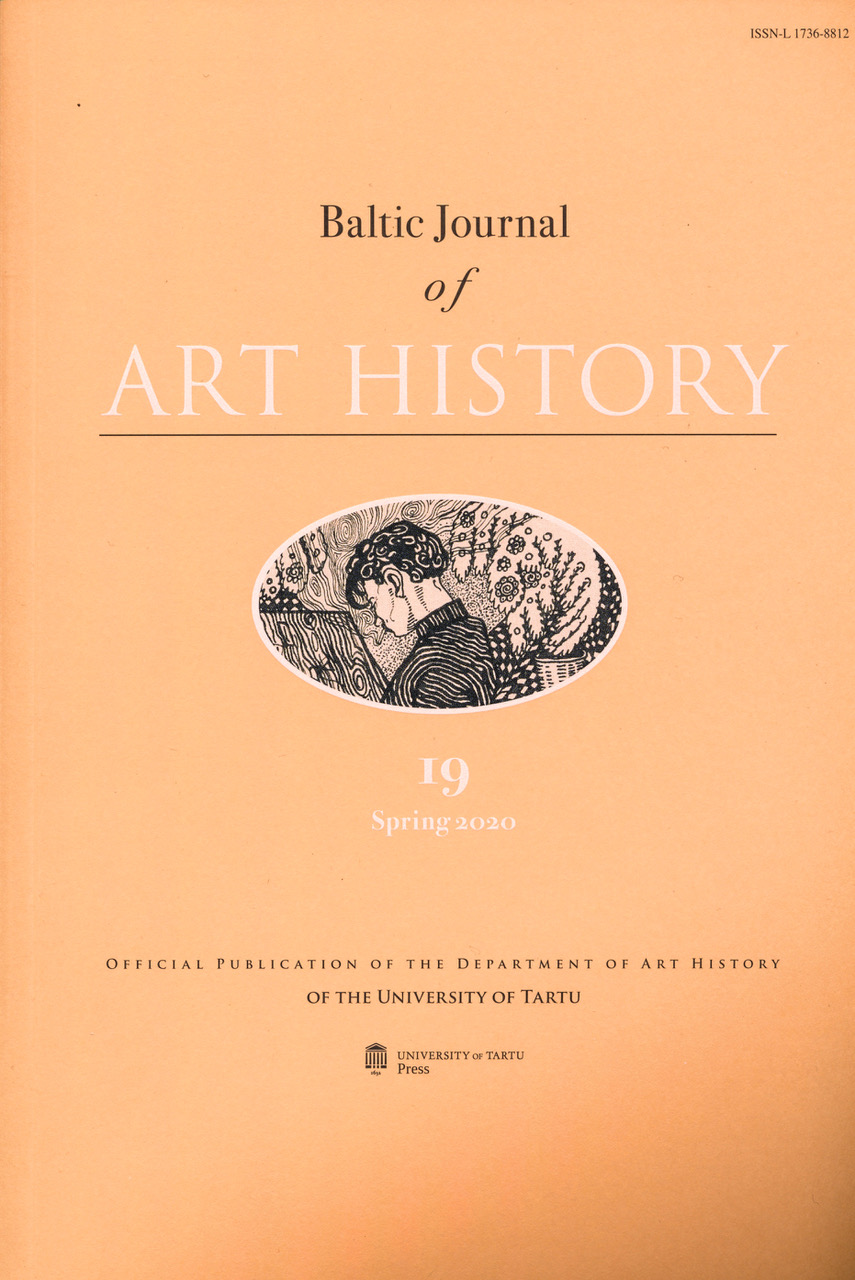Depiction of Lenin and Stalin in Estonian Art as an Indicator of Shifts in the Soviet Authoritative Discourse
DOI:
https://doi.org/10.12697/BJAH.2020.19.02Keywords:
Estonian art, Soviet art, socialist realism, postmodernism, Stalin, LeninAbstract
The paper provides an analysis of changes in depiction of Soviet leaders by Estonian artists
during the period of Soviet occupation of Estonia. More specifically, changes in the
iconography of Lenin and Stalin are viewed in light of Alexei Yurchak’s concept of
performative shift of the Soviet authoritative discourse.
During the over 40-year period of Soviet occupation conventions of depicting Lenin
and Stalin underwent several notable changes that more or less reflected shifts in the Soviet
politics as well as the developments in Estonian arts. The paper argues that changes in the
depiction of the leaders amounted to the fundamental meaning and message of these works of
art. Especially from the end of the 1960s, an increasingly playful and ironic undertone
prevailed.
In using the depictions of the Soviet leaders in Estonian art to test the aforementioned
theoretical constructions, the paper however concludes that changes in the official discourse
in Estonian arts did not wholly conform to the performative shift as described by Yurchak.

